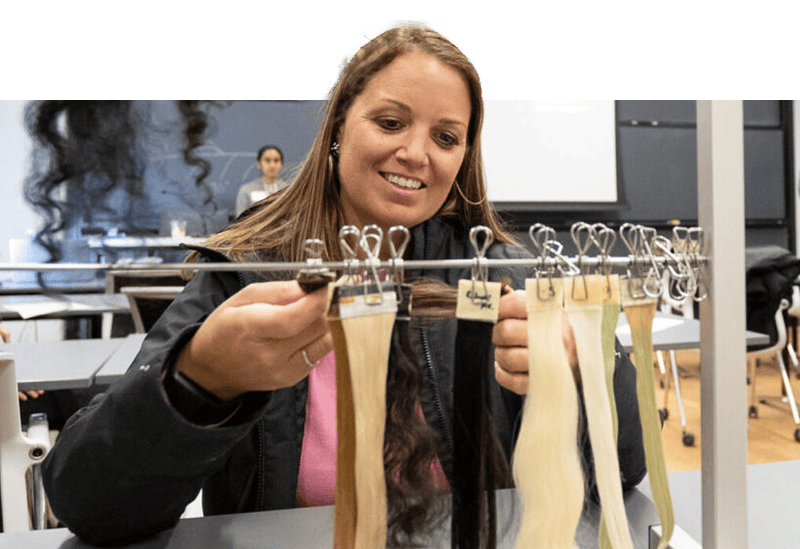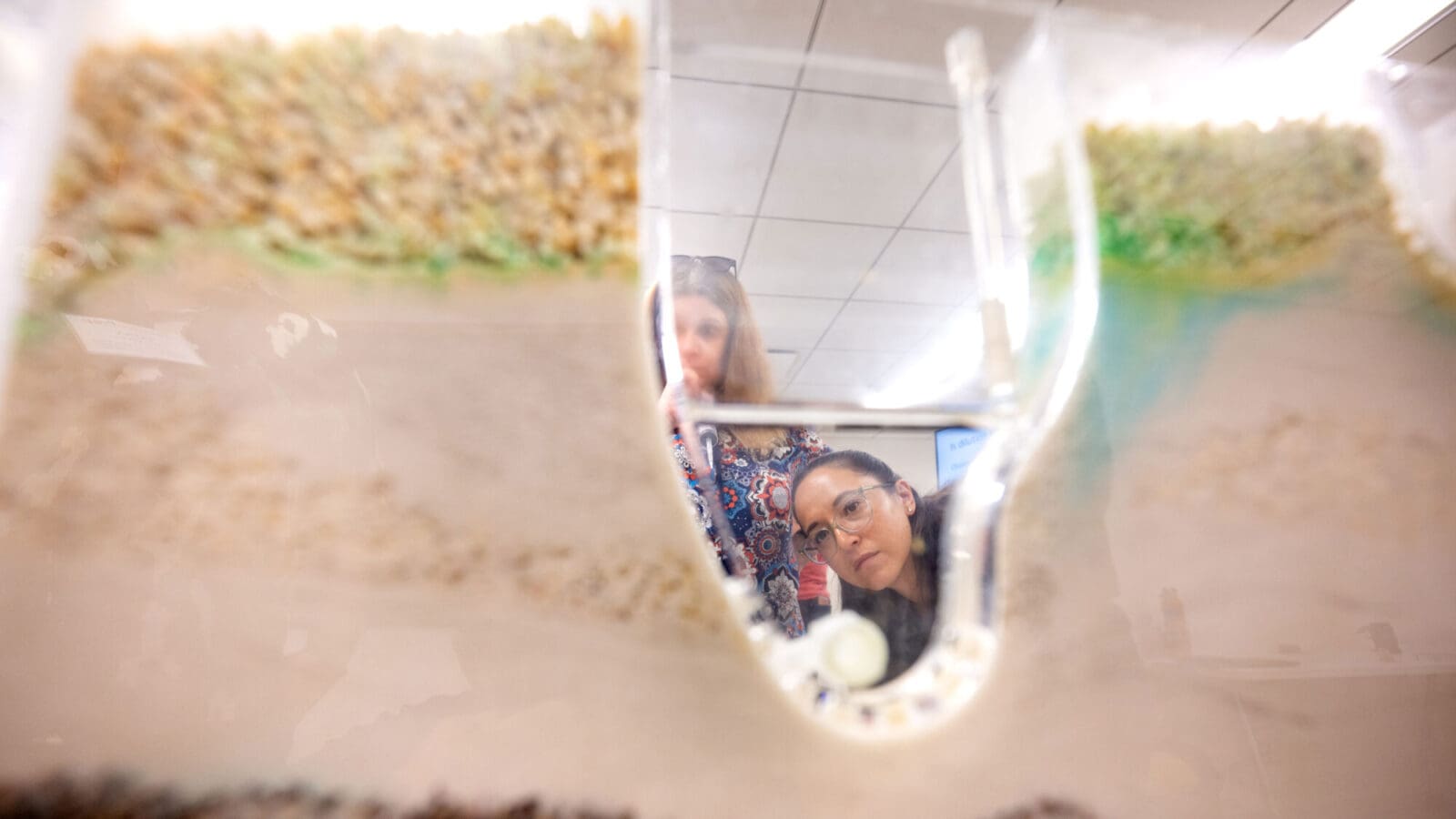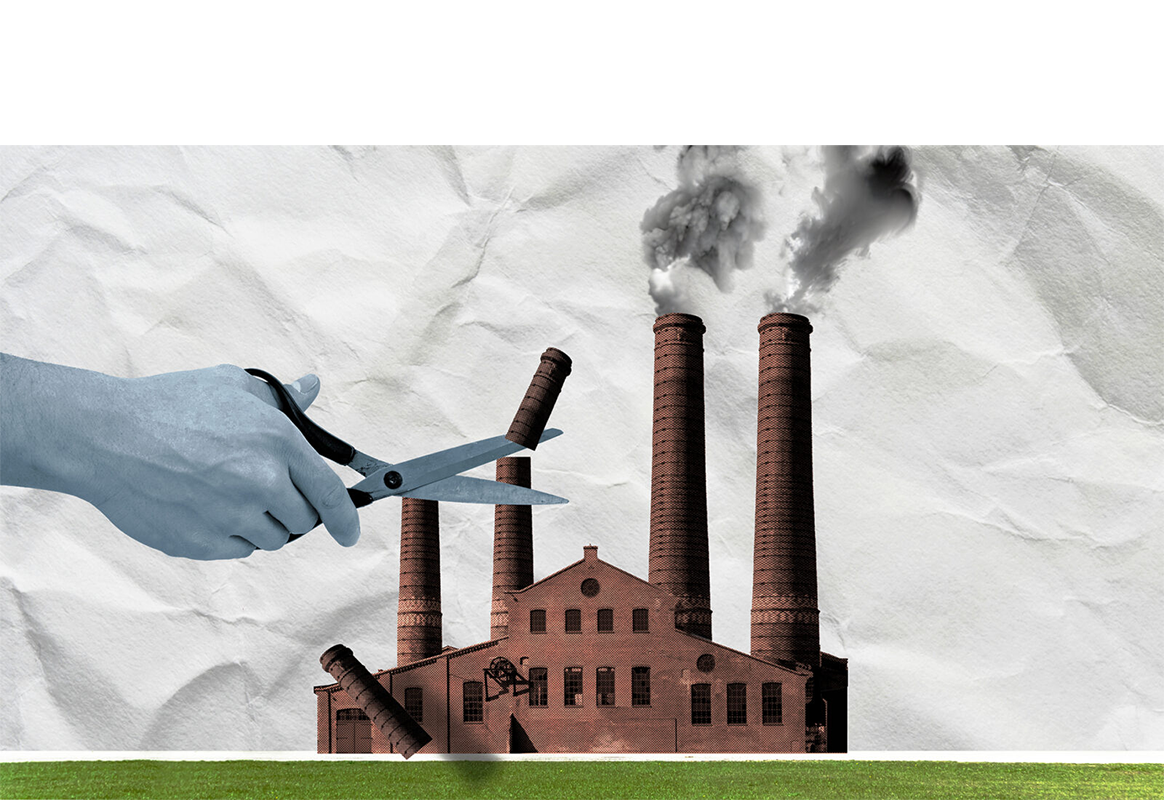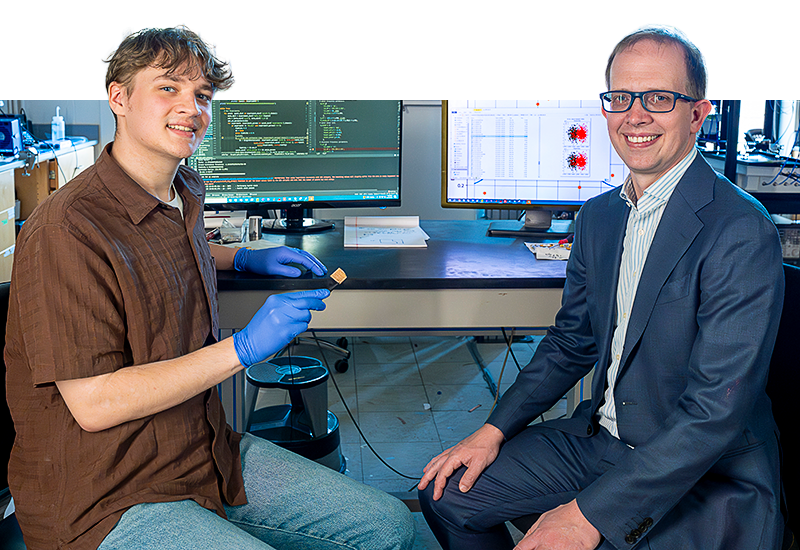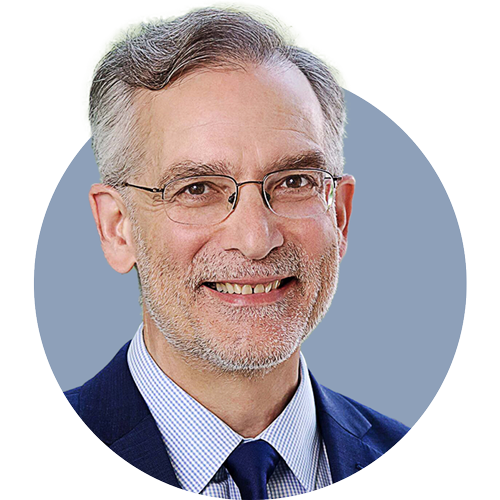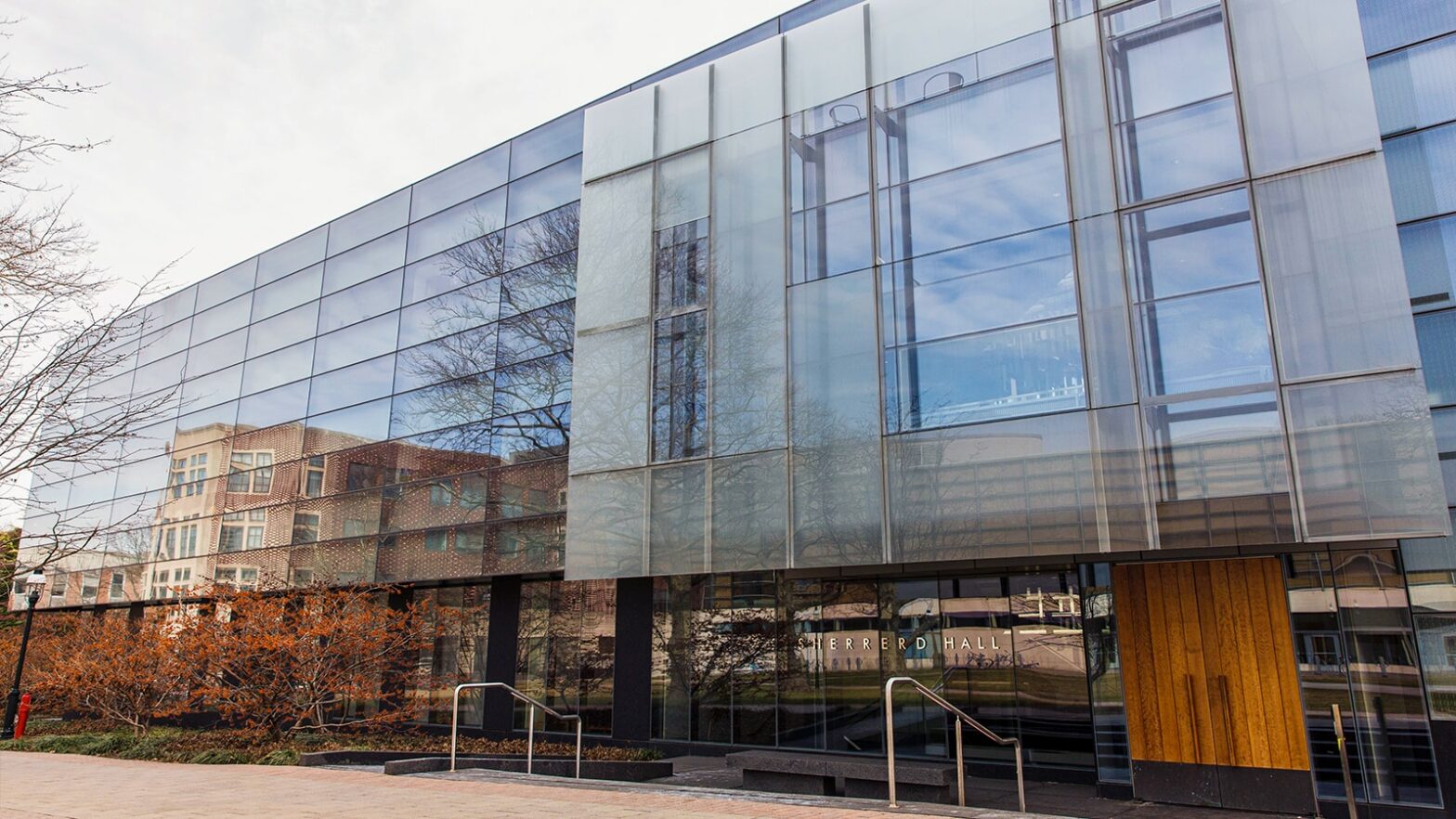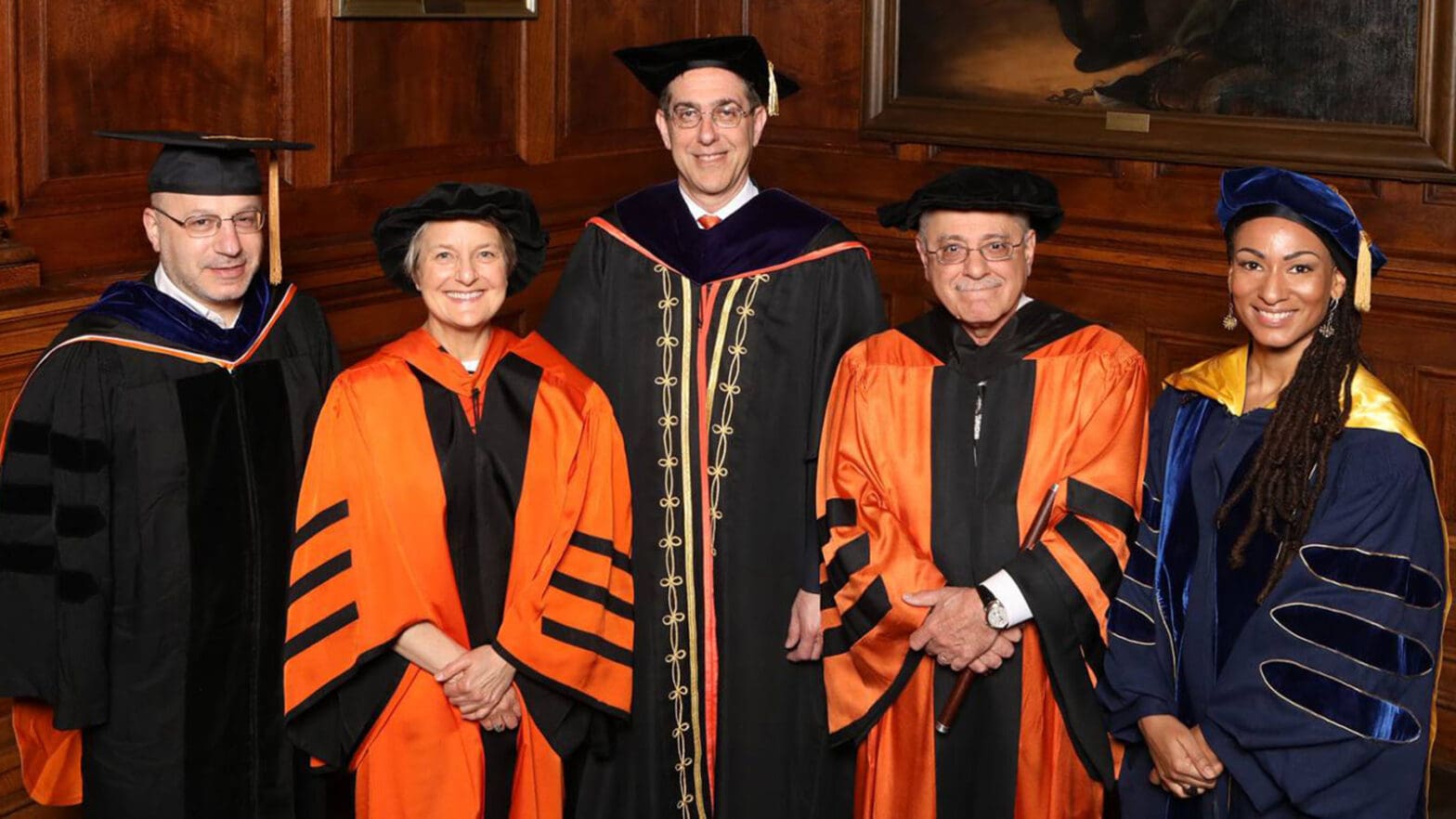
Teachers’ passion helps set life trajectories
By
on
Four engineering professors were recognized for outstanding teaching in the 2017 graduation ceremonies.
Amir Ahmadi, an assistant professor of operations research and financial engineering, received the Phi Beta Kappa teaching award. In a citation for the award, Ahmadi’s research focuses on algebraic methods in optimization, computational aspects of dynamics and control, and algorithms and complexity. In addition to his teaching and research, Ahmadi organized the Julia Robinson Mathematics Festival for middle-school students to improve their mathematics skills. He is also an academic-athletic fellow for the men’s varsity tennis team. Ssenior Graham Turk praised Ahmadi’s accessibility, his interest in his students’ ability to learn and his “incredible capacity for empathy.” Ahmadi “went above and beyond to help us understand the concepts” and “possesses an uncanny ability to explain complex proofs in a way that helps his students develop their own critical thinking arsenals,” Turk said.

Michael Celia, the Theodora Shelton Pitney Professor of Environmental Studies and professor of civil and environmental engineering, received the engineering school’s Distinguished Teaching Award. A former chair of civil and environmental engineering, Celia is the director of the Program in Environmental Engineering and Water Resources. His research focuses on subsurface hydrology and energy systems, including carbon dioxide sequestration and shale gas. In presenting the award at Class Day, Antoine Kahn, the vice dean of engineering, said that Celia has been an outstanding teacher and an exceptional mentor to graduate students, post-docs, and junior faculty. Kahn said undergraduates praised Celia as a teacher, calling him an “incredible lecturer” who made mathematical modeling cool. “When I graduated from Princeton, I had one ambition; I wanted to be like Mike,” one student said. One former post-doctoral researcher said Celia “strongly influenced my development as a teacher when he served as my mentor.”
Howard Stone, the Donald R. Dixon ’69 and Elizabeth W. Dixon Professor of Mechanical and Aerospace Engineering and department chair, received the President’s Award for Distinguished Teaching at the commencement ceremony. Stone, who joined the Princeton faculty in 2009, studies fluid dynamics, particularly relating to engineering, chemistry, physics and biology. He is known for his ability to explain difficult mathematical concepts and for his commitment to mentoring. A colleague described Stone as “a kind and caring educator who excels in bringing out the best in students, researchers, staff and colleagues.” A graduate student said Stone’s passion for the subject matter, including a love for differential equations, “set the tone for the semester.” An undergraduate said Stone’s lectures “were always incredibly clear, well-structured and engaging. What made [them] so effective was their emphasis on using systematic mathematical reasoning over rote memorization.”
Sankaran Sundaresan, the Norman John Sollenberger Professor in Engineering and professor of chemical and biological engineering, received the Graduate Mentoring Award during the graduate school’s hooding ceremony. Sundaresan’s research focuses on transport phenomena, as well as procAn alumnus said, “He made sure that I gave the practice talk a month before the conference. [He] then patiently and skillfully worked with me over the next few weeks to revise and improve the talk.” One former student, thankful for how Sundaresan connected him to multiple job opportunities, said, “It is humbling to think that all I have today in life and my traject
